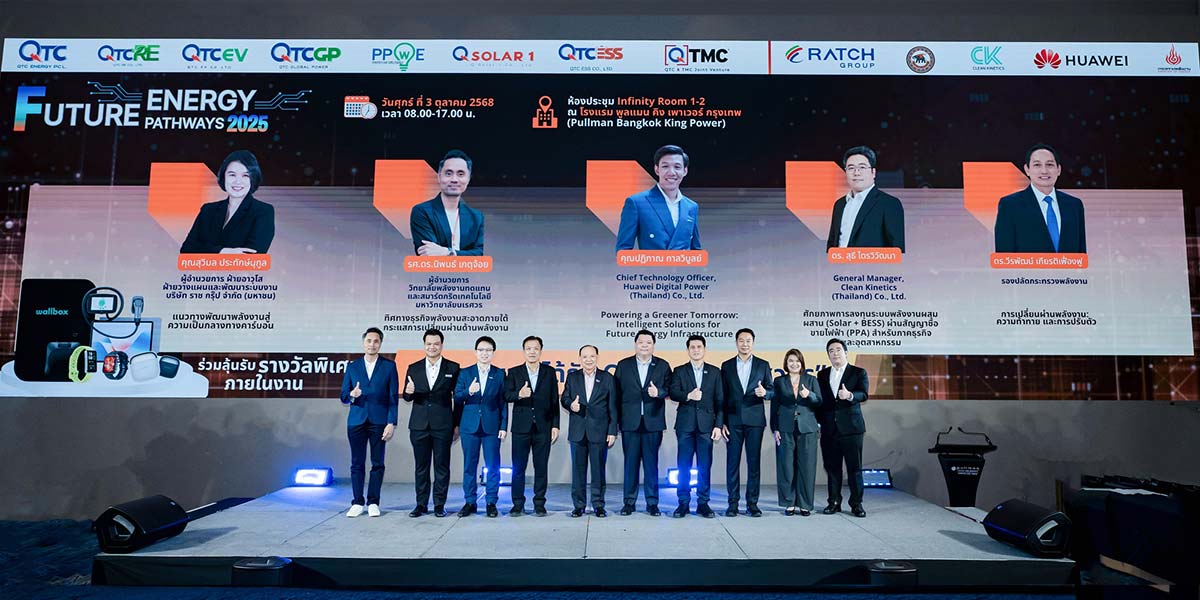
No U.S. No Problem! Huawei Plans to Introduce Compatible Semiconductors for 5G in 2022!
No U.S. No Problem! Huawei Plans to Introduce Compatible Semiconductors for 5G in 2022!
Huawei Technologies Co., Ltd. plans to build global compatible semiconductors so that the company does not have to rely on foreign companies such as American techs.
The Chinese multinational technology company plans to build a chip plant in Shanghai without using American technology amid tightening restrictions from the U.S. sanction of barring the company to acquire the U.S. made products, which is essential to its equipment.
In 2019, the U.S. President Donald Trump’s administrators barred US companies from using information and communications technology from anyone considered a national security threat. The order did not specify a certain company, but it was widely known of the move to pressure China by making its tech behemoth struggle.
The Commerce Department also placed Huawei and 70 of its affiliates on its “Entity List,” which is a trade blacklist that bars anyone on it from buying parts and components from U.S. companies without receiving approval from the U.S. government.
Many U.S. firms as well as other foreign firms took a step back from their business with Huawei.
The new facility in Shanghai is expected to start with the manufacture of low-end 45nm chips, according to the report from Financial Times. Huawei aims to make 28nm chips for “Internet of things” devices by the end of 2021, and produce 20nm chips for 5G telecom equipment by late 2022, according to FT.
Huawei has no experience in fabricating chips and the plant would be run by Shanghai IC R&D Center, a research company backed by the city’s government. The inability to build compatible semiconductors was one of the biggest disadvantages for the Chinese government.
China is actively finishing up the creation of a 14th 5-year plan for 2021-2025 in which the country has laid out a path toward greater economic self-sufficiency in its new five-year plans, and vowed to build its own core technology, saying it can’t rely on buying it from elsewhere.
Economists expected the target growth rate for the period to be 5-6% a year (closer to 5% than 6%). The 2021-2025 plan is anticipated to have aggressive goals on sustainable energy in order to reach China’s announced goals of carbon neutrality by no later than 2060.
The plan will work toward a goal of becoming a “moderately developed” economy by 2035 with a per capita GDP of about US$30,000, nearly three times the 2020 level. It anticipates future growth being considerably based on domestic consumption of goods and services. It aims to reduce the difference between urban and rural living standards.


